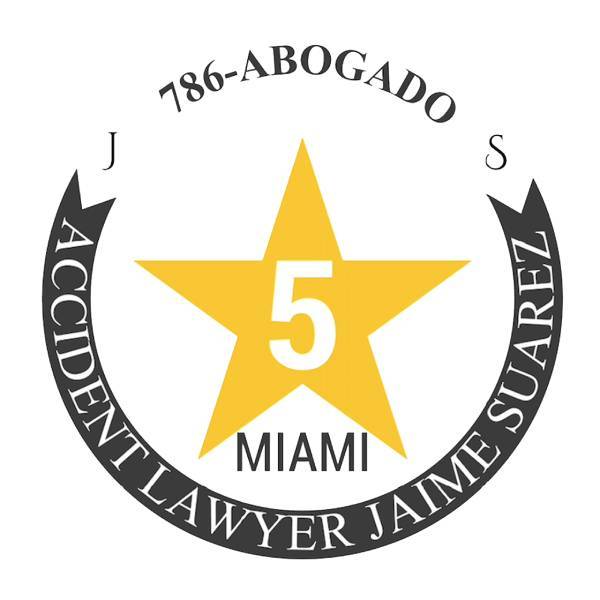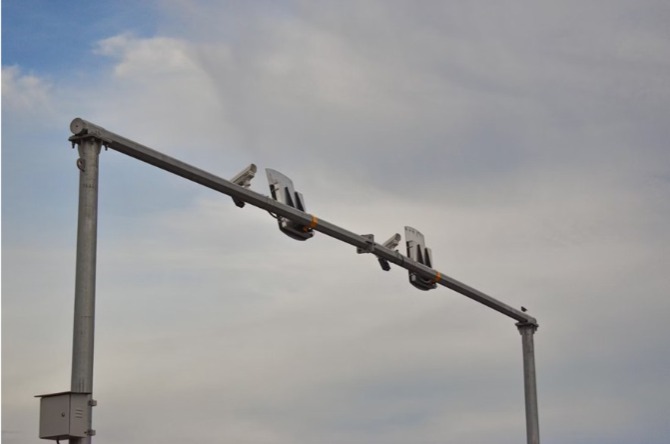
Do FDOT Traffic Cameras Record Accidents? The Truth Behind a Common Myth
Most clients come in thinking the state highway cameras captured their accident. I get it every day: “There are cameras on the overpass — they’ve got it on tape.” It’s understandable to think that. We watch live video on FDOT’s FL511 website, we get traffic reports on the TV news, and it looks like someone, somewhere is taking pictures of every wreck on the highway. The reality is otherwise and — if you are involved in a crash — the difference matters.
What FDOT Cameras Are Really For
The highway cameras in Florida are part of the traffic-management system. They are there to show live views of traffic so that operators can identify congestion, incidents, and dangerous conditions. It is FL511 that presents the live feeds to the public, but the state specifically says that traffic-camera feeds are live-only. Video and images on FL511 are not recorded or stored.
I am not just spreading a rumor. The Federal Highway Administration has also weighed how transportation agencies use cameras and whether agencies record or store feeds. The best practices and guidelines FHWA publishes make it plain that recording and storing video is a standalone policy choice — based on cost, issues of privacy, and operational needs — and that many agencies choose not to store continuous recordings. Short: live feeds are standard; longterm storage is not.
Federal Highway Administration
Why People Get This Wrong
There are all sorts of different types of cameras on and along the road, and they get muddled in people’s brains. That muddies the water.
-
FDOT traffic cameras (what you can see on FL511): live feed only, nothing stored.
-
Express-lane and toll cameras: sometimes used to toll and are able to take a photo to enforce or bill; those agencies are run by toll agencies, not FDOT.
-
Red-light and speed cameras: typically snap a photo when they detect there is a violation; those programs are local and run under special contracts and policies. National red-light camera program standards unequivocally provide they are enforcement devices, not multi-use crash recording systems.
-
Private or commercial security cameras: businesses, residences, gas stations — these will typically video and are likely to be the best source of video after an accident.
Therefore when someone says “the highway camera has it,” what they’re essentially saying is “a nearby camera might have it.” The FDOT feed will not.
Why Time Is of the Essence
Even if beneficial video exists — a store’s security camera, a photo from a toll gantry, or a dashcam from someone else — it will vanish all too soon. Private systems naturally roll over recordings routinely, at times in as brief a duration as 24 to 72 hours. Transit systems and city programs that do record usually hold it for only a limited period of time, based on policy and storage space. FHWA reports I reviewed address how agencies weigh “why” to capture against cost, privacy, and record-retention needs; many do not have continuous records for long periods of time. FHWA Operations +1
What to Do Immediately After a Crash
If you need to preserve any video or electronic evidence, move quickly and do these in-the-field procedures:
-
Patrol the scene with cameras and record businesses with possible visibility of the accident. Ask employees to retain footage on the spot.
-
Pull over or pass by drivers who have stopped and ask them for dashcam video and whether they will retain it.
-
Get names and contemporaneous statements from witnesses while memories are still vivid.
-
Have your lawyer send preservation letters to parties who are likely to possess recordings; early legal request tends to strangle overwriting.
-
Look at car data: a lot of cars have event data recorders (“black boxes”) that capture speed, braking, and throttle inputs during the seconds leading up to a collision.
I remind everyone who sees me of the following: do not rely on highway cameras around the state to be your salvation. Do not think that anything is being preserved unless you are told that something is, and then preserve it at once.
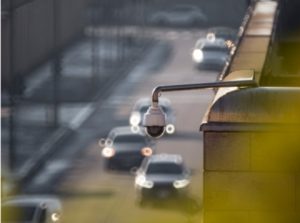
A Final, Practical Note
If you or someone you care about was injured, there are very few things that you can do in the early stages, including preserving evidence. While FDOT cameras assist in responding to incidents and knowing what’s going on on the ground, they cannot be substituted for actively acquiring evidence. If you need help with determining where to look for video or how to send out preservation requests, call in legal aid immediately — the clock has already begun on the best sources of evidence.
And remember, if you are injured in an accident, call Jaime “Mr. 786 Abogado” Suarez today to Get You Paid!
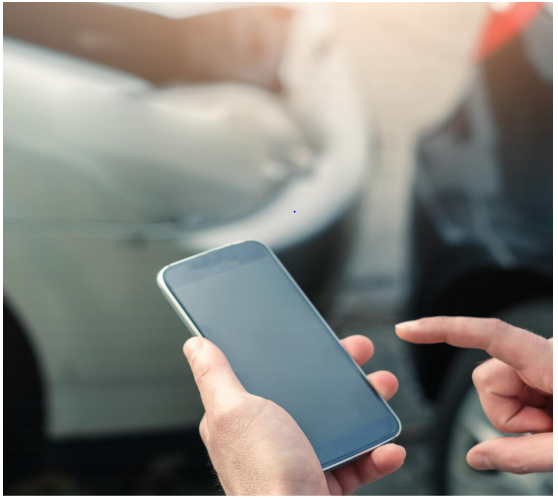

The Power of Event Data Recorders (EDR) in Car Accident Cases
In today’s technological age, almost everything is recorded. From TV shows to your browsing history.…
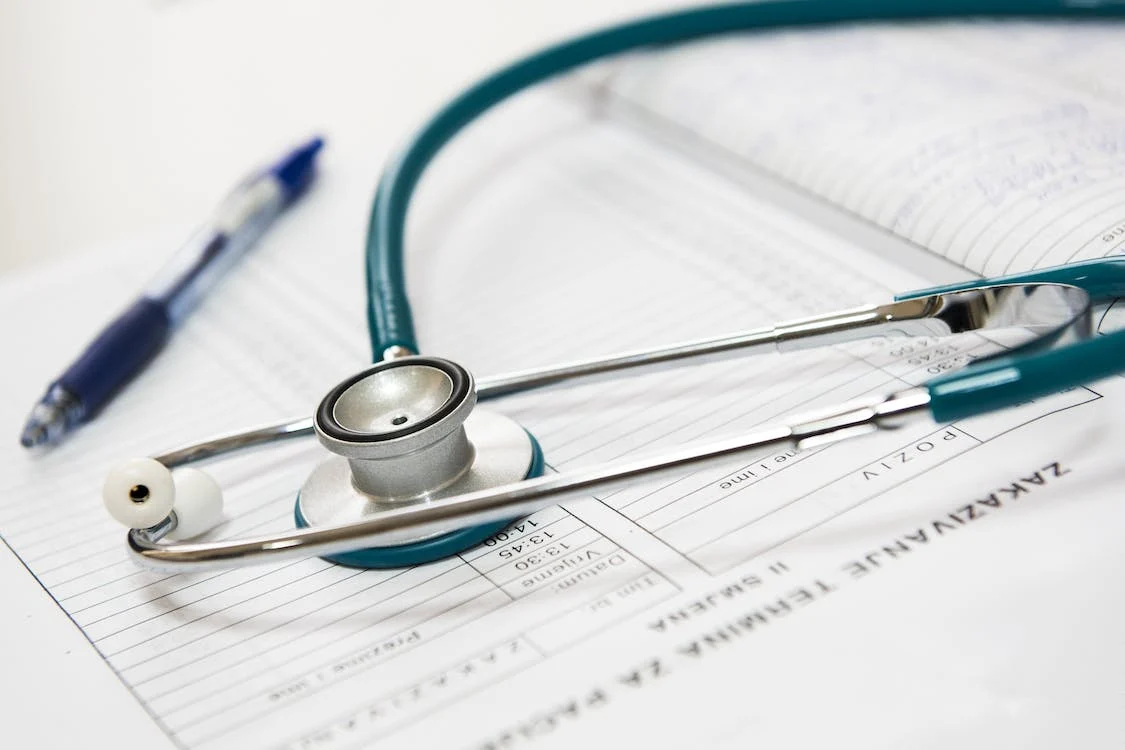
Medicare and Your Future Medical Care After a Florida Car Accident Settlement
Navigating the world of medical expenses, insurance claims, and legal settlements can be challenging, especially…

